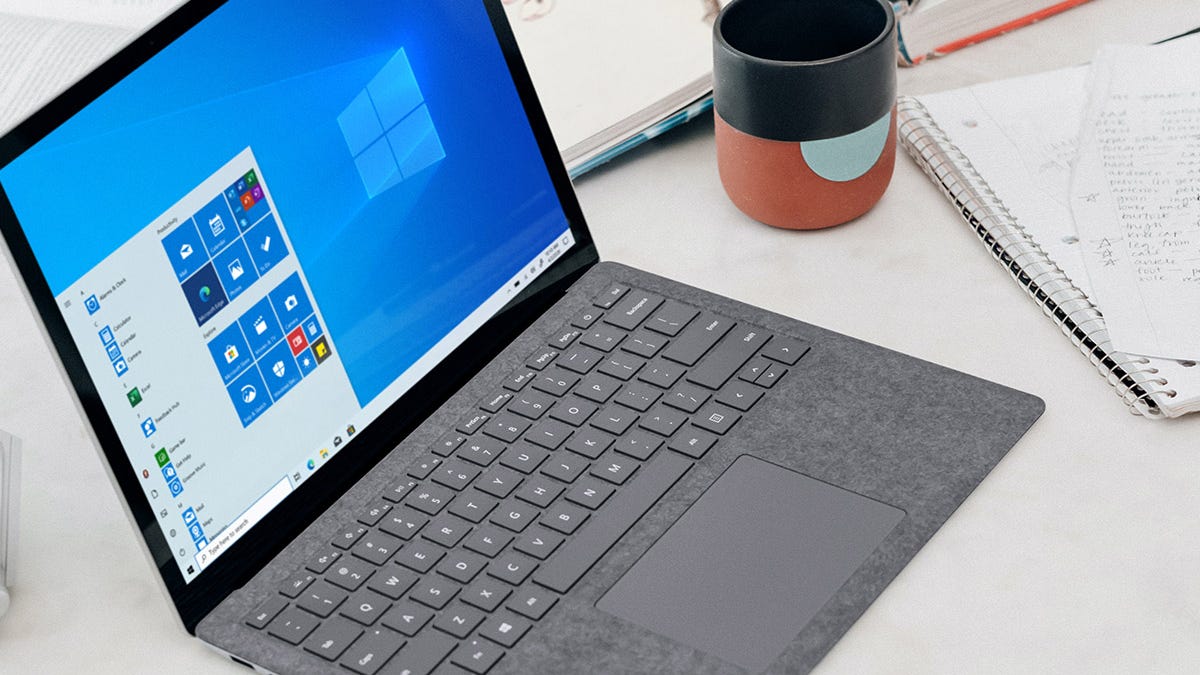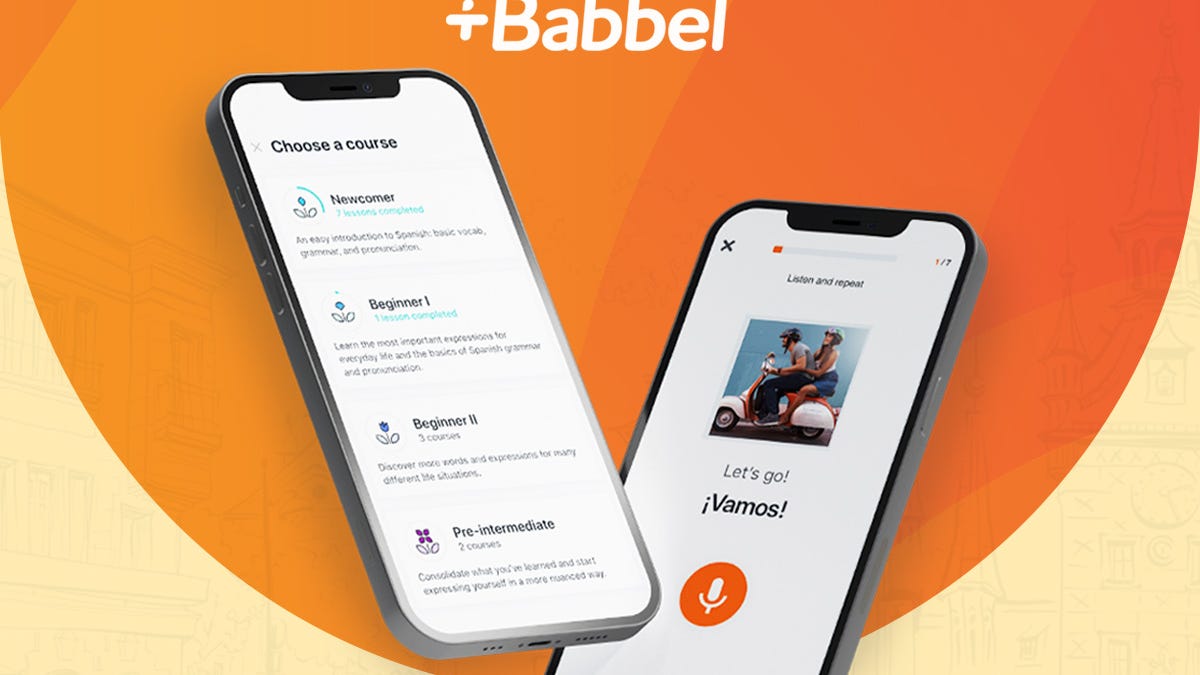BOOK THIS SPACE FOR AD
ARTICLE ADHere's PorteuX, with the Plasma Konsole app ready to go.
Unless you've been around the Linux community for a long time, PorteuX is unlike any operating system you've probably ever used. What makes PorteuX so different? Well, first off, it's based on Slackware, one of the oldest Linux distributions that is still maintained. Created in 1993 by Patrick Volkerding, Slackware (often called "Slack") aims to be the most UNIX-like of all the Linux distributions, while also shooting for simplicity.
PorteuX takes that simplicity to another level. Like its sibling Porteus, PorteuX doesn't require installation. Instead, it runs as a live distribution from RAM. This means you can put PorteuX on a USB drive and carry it with you. Any time you need an instance of Linux, insert the drive, boot the machine, log in, and start using it.
Also: Solus 4.6 is a delightful-to-use Linux distro - with next to zero learning curve
PorteuX has another fancy trick up its sleeve. The live distribution lets you save your session and recall it the next time you boot. For example, you can create your bootable PorteuX drive, save your session to that same drive, and everything will be there the next go-round. You can even save files to that drive because, unlike other bootable Linux drives that are read-only, PorteuX sets the drive with read and write permissions.
That is the biggest hurdle to getting PorteuX up and running. Follow these steps:
Download the PorteuX ISO of your choosing.Create a directory for mounting, with a command like mkdir PORTEUX.Mount the ISO image with a command like sudo mount porteux-v1.6-kde-6.1.4-current-x86_64.iso PORTEUX -o loop.
Insert your flash drive.
Copy the contents of the ISO into the new folder.
Navigate into the boot directory on your USB drive, where you'll see two files -- porteux-installer-for-linux.run and porteux-installer-for-windows.exe.
Either run porteux-installer-for-linux.run via the command line (if you're using Linux) or double-click porteux-installer-for-windows.exe (if you're using Windows).
Make sure to select the USB drive when prompted and press enter to complete the process.
Once the process is complete, you should be able to boot PorteuX from the USB drive.
If you were to burn the ISO image with a tool like Rufus or Etcher, the drive would be created as read-only, and session/file saving wouldn't work.
But what about the desktop?
I downloaded the Plasma desktop version of PorteuX and was surprised to find the developers took a different route with the desktop environment. When you first boot PorteuX, it should automatically open the desktop for you as the user "guest." The password for that user is "guest." There's also a root account (for admin tasks, such as installing software) with the password "toor."
Also: 8 things you can do with Linux that you can't do with MacOS or Windows
Out of the box, there is no web browser installed. Fortunately, you can open the PorteuX App Store and install one of eight browsers. Just click the browser of your choice and it'll be installed and ready to go.
You can install more than just web browsers.
Unfortunately, there's a catch.
Remember, since you didn't install the OS, if you were to just shut down the machine and remove your USB drive, the session would be lost. To avoid that, go to Menu > System > PorteuX Save Session. When prompted, type the root password (toor) and click "Save to a file." In the resulting window, click "Create a new file" and navigate to the USB drive to house the file.
If your drive isn't writable, you won't be able to save your session.
As far as the desktop is concerned, except for it being "live" and portable, it's pretty much the same as any other Linux desktop operating system. If you're not a fan of Plasma Desktop, you can download a version of PorteuX with GNOME, Cinnamon, Lxde, Mate, Xfce, or Lxqt. Of course, the trick is to ensure the USB drive is writable. Otherwise, you'll find the desktop unusable.
Also: UbuntuDDE weds Deepin Desktop with the latest Ubuntu for a beautiful, user-friendly distro
So, who is PorteuX for? That's an interesting question, and the answer really boils down to two follow-up questions:
Do you need a portable operating system?Are you willing to put in a little effort to make it work properly?If you answered "yes" to both of those questions, PorteuX is what you're looking for. If you answered "no" to either of those questions, I would suggest sticking with a more traditional operating system. I will say, however, that there have been several times over the past few years when I've needed an operating system other than what was installed on the computer in front of me. Having an OS like PorteuX fits that bill to a "T."
PorteuX is a fascinating take on the traditional OS and once you know how to use this live Linux distribution, it should come in very handy.
.png)
 3 weeks ago
22
3 weeks ago
22 















 Bengali (Bangladesh) ·
Bengali (Bangladesh) ·  English (United States) ·
English (United States) ·